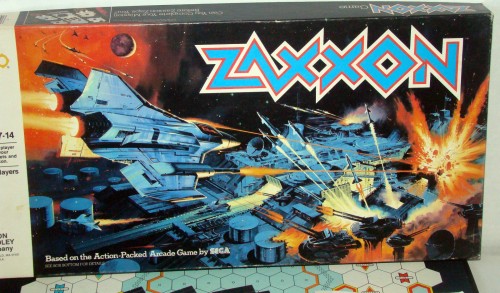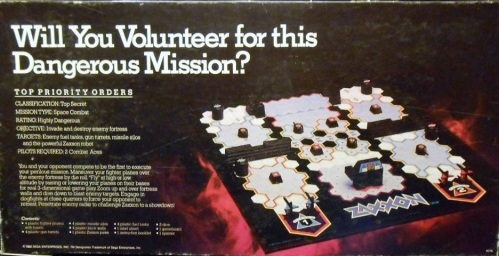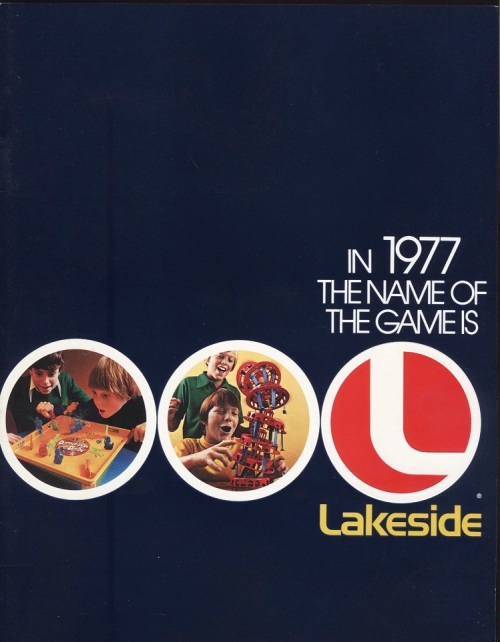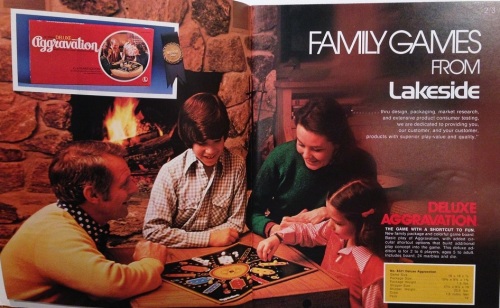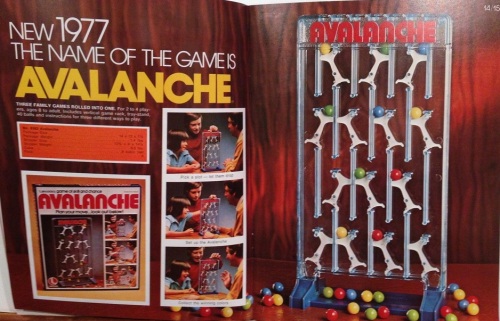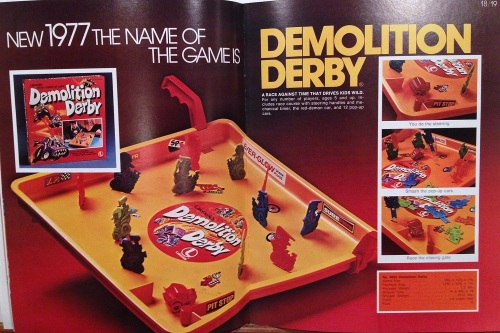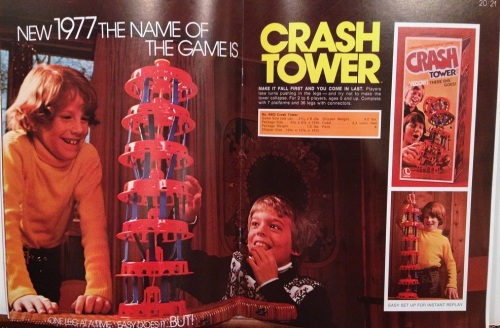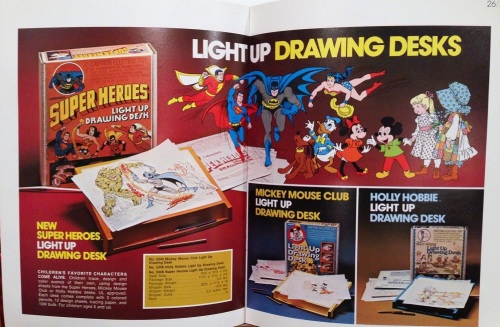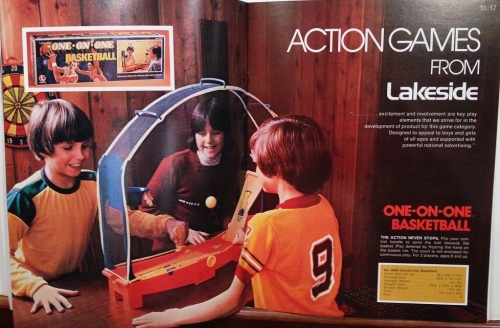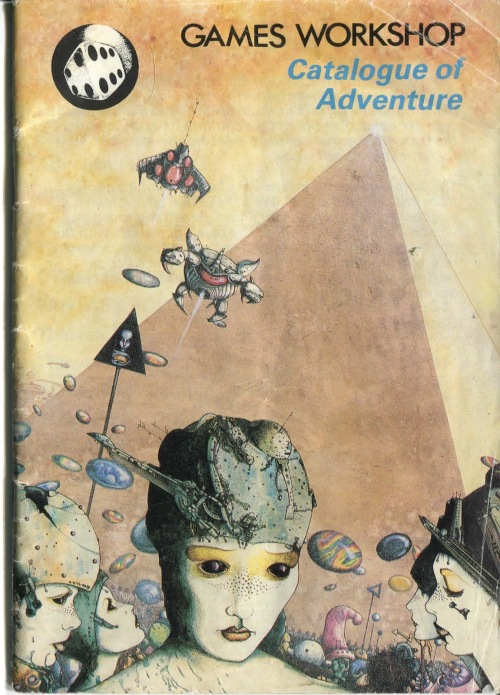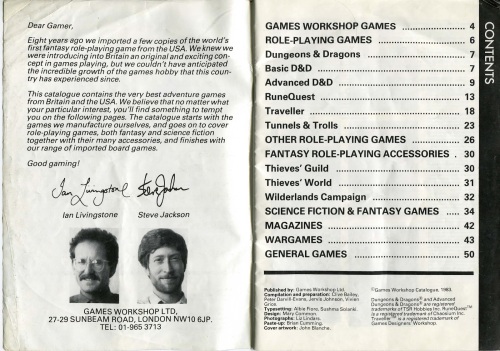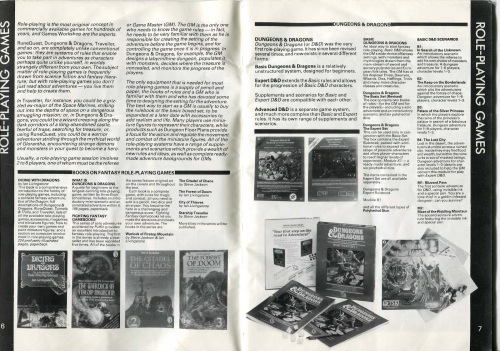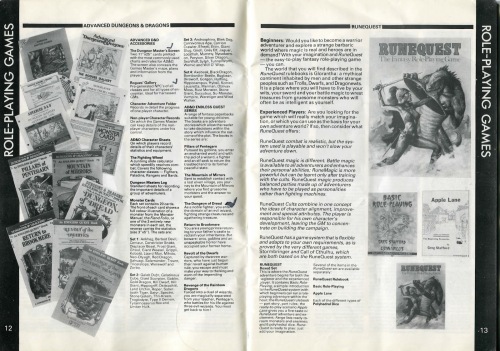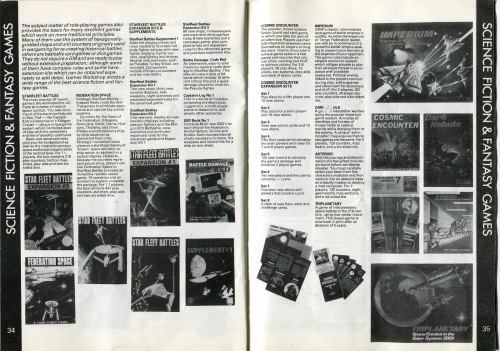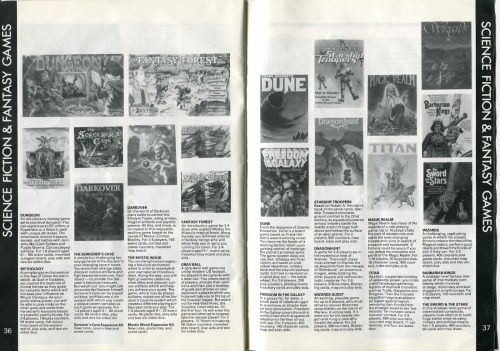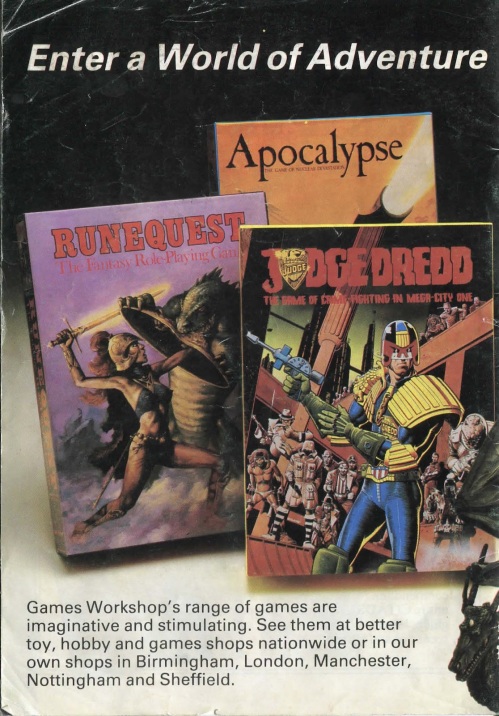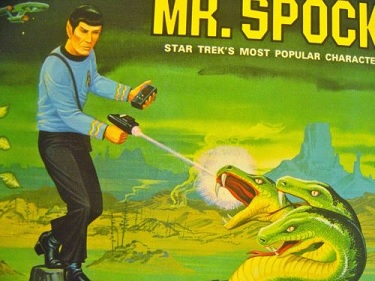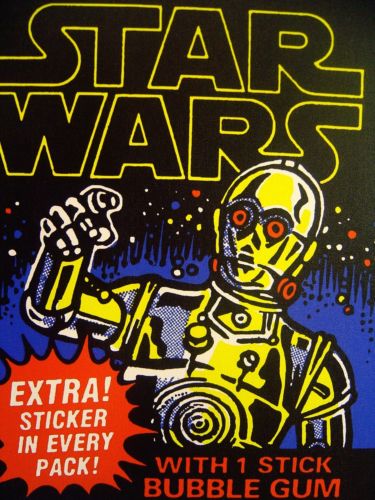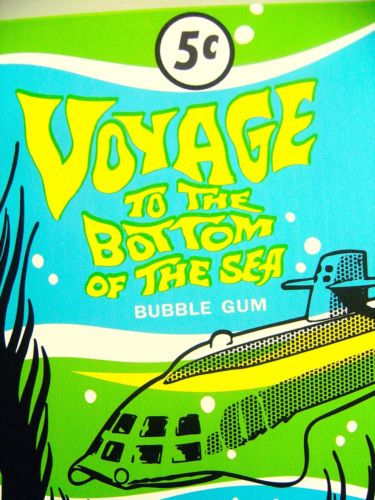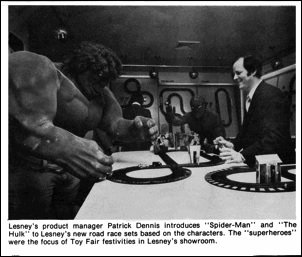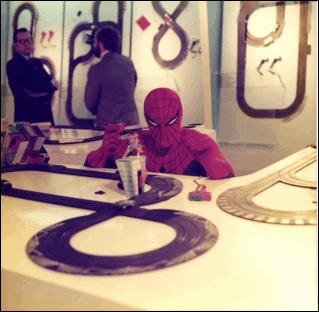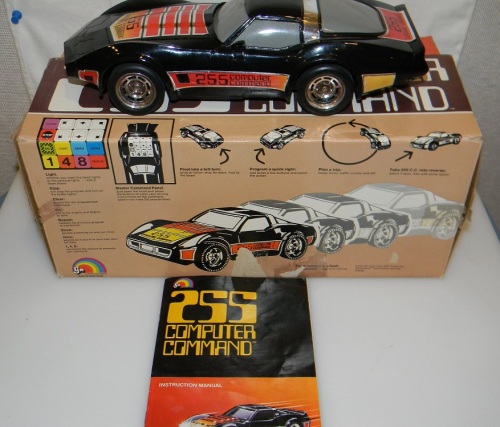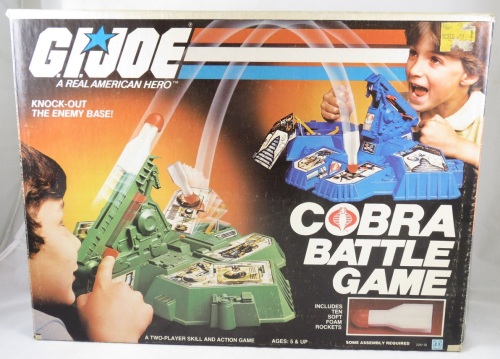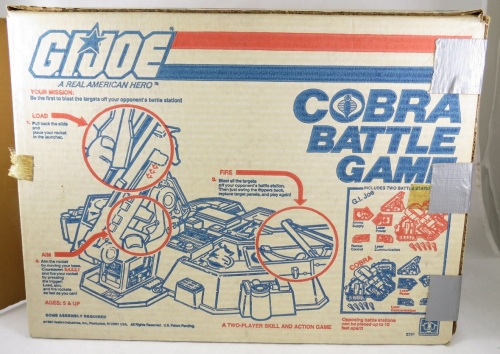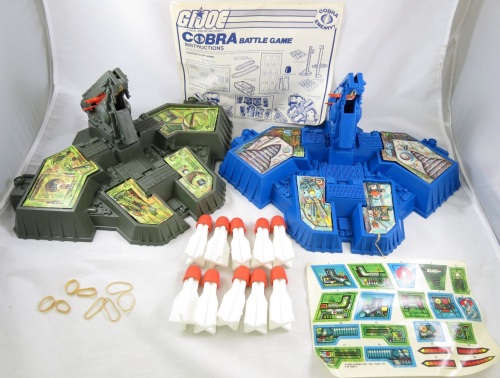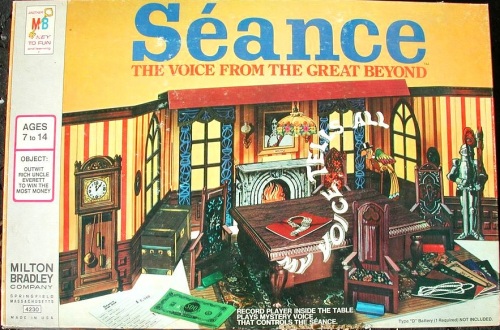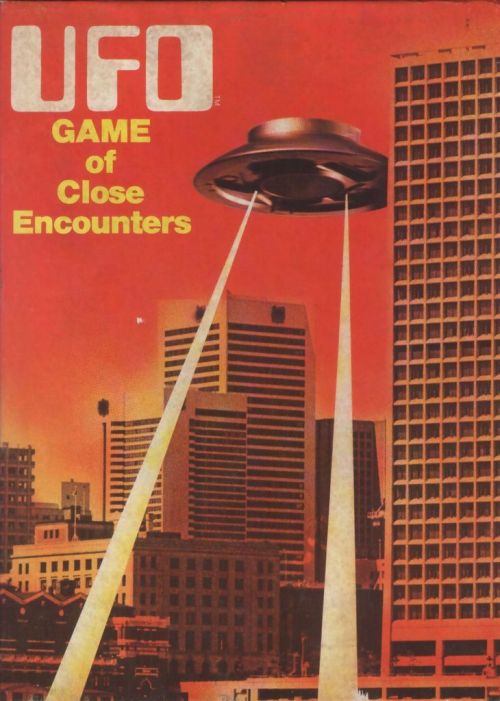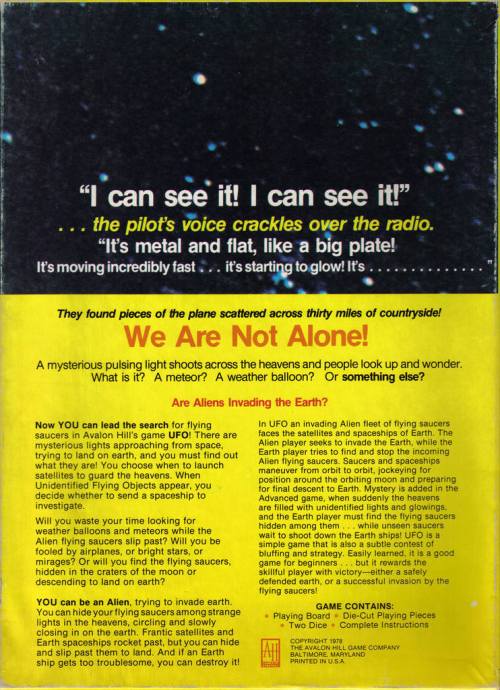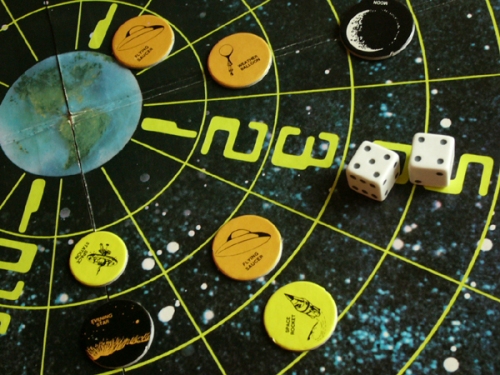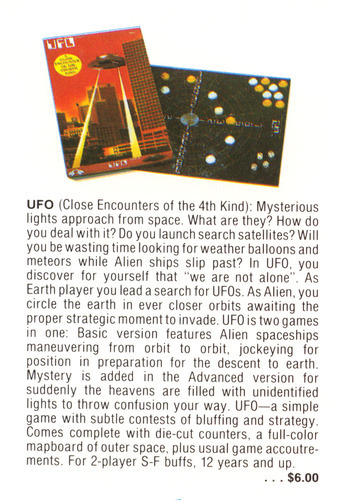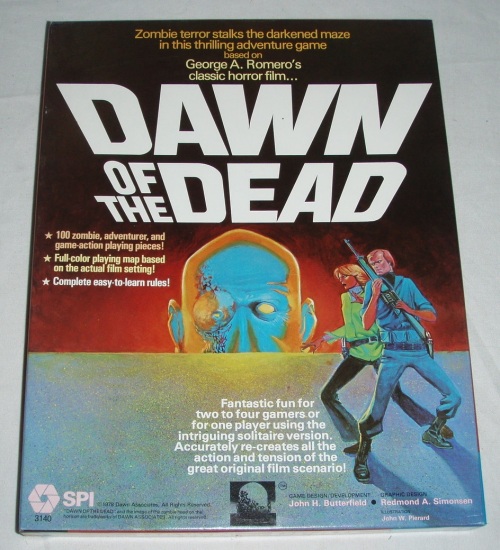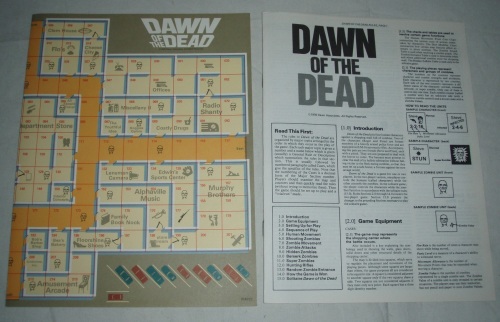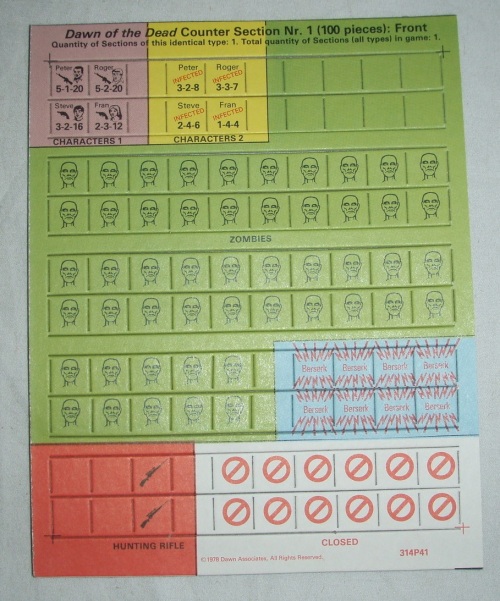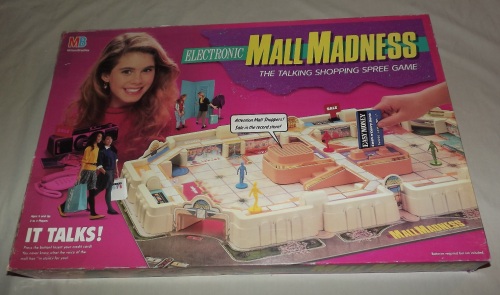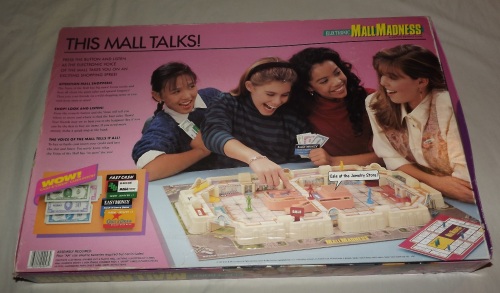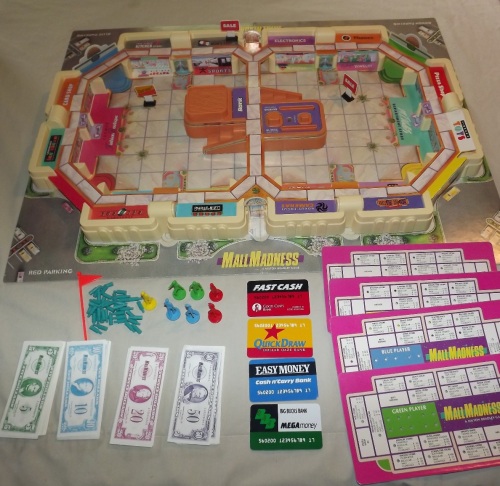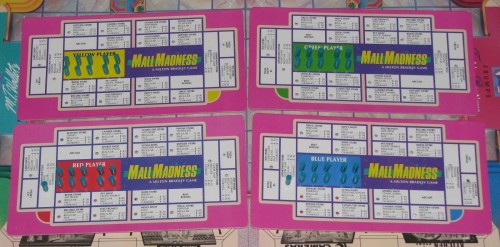From the back of the box:
You and your opponent compete to be the first to execute your perilous mission. Maneuver your fighter planes over the enemy fortress by die roll. “Fly” at high or low altitude by raising or lowering your planes on their bases for real 3-dimensional game play. Zoom up and over fortress walls and dive down to blast enemy targets. Engage in dogfights at close quarters to force your opponent to retreat. Penetrate enemy radar to challenge Zaxxon to a showdown!
Much like Milton Bradley’s Berserk, Zaxxon is a curiosity. Why play the board game when the cabinet was fresh in the arcades? And there was always the kid down the street who had the faithful ColecoVision port.
Basically, traditional board game companies knew they were losing to video games and, to a lesser extent, RPGs. If you can’t beat ’em… Also, maybe the folks at MB played the Zaxxon cab and thought, “This game is fucking hard. Let’s give the kids a version that lasts longer than 30 seconds.”
I think the board version is cleverly designed, emulating the 3D aspect that made Sega’s Zaxxon so novel. And the game pieces are pretty. And the box art is Berkey-esque.
All of which adds up to: I want.
UPDATE: Check out the UK/European version of the game.
It’s a “family version of the arcade game,” allowing for up to 4 players. The American version is 2 players only. As for the box cover, it amuses me how MB approaches the different markets. They give the Brits a bright, comprehensive demonstration of how the game works, whereas the Americans get a giant spaceship blowing shit up. Sounds about right.
